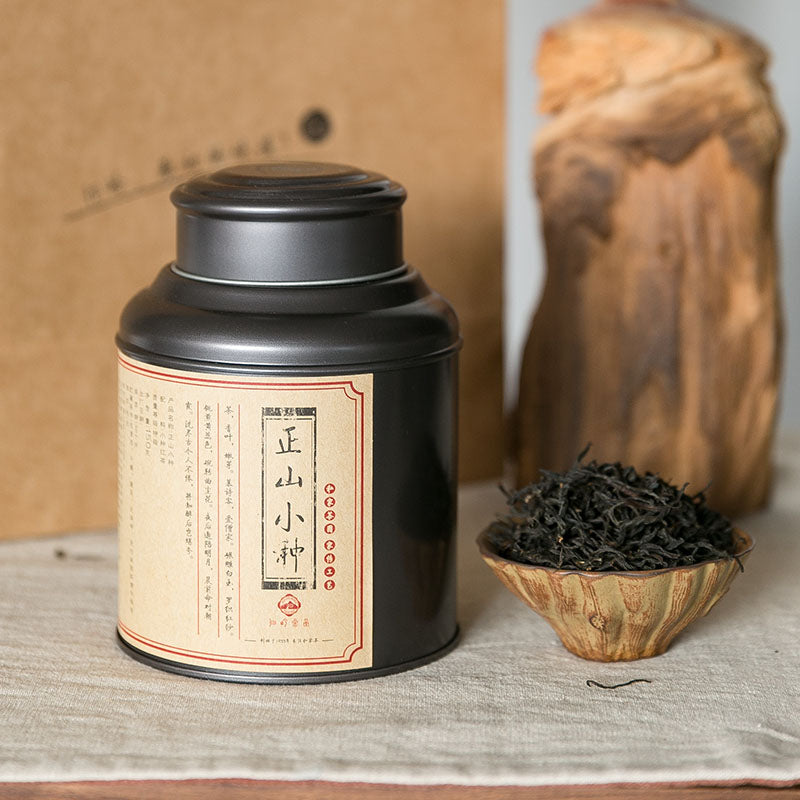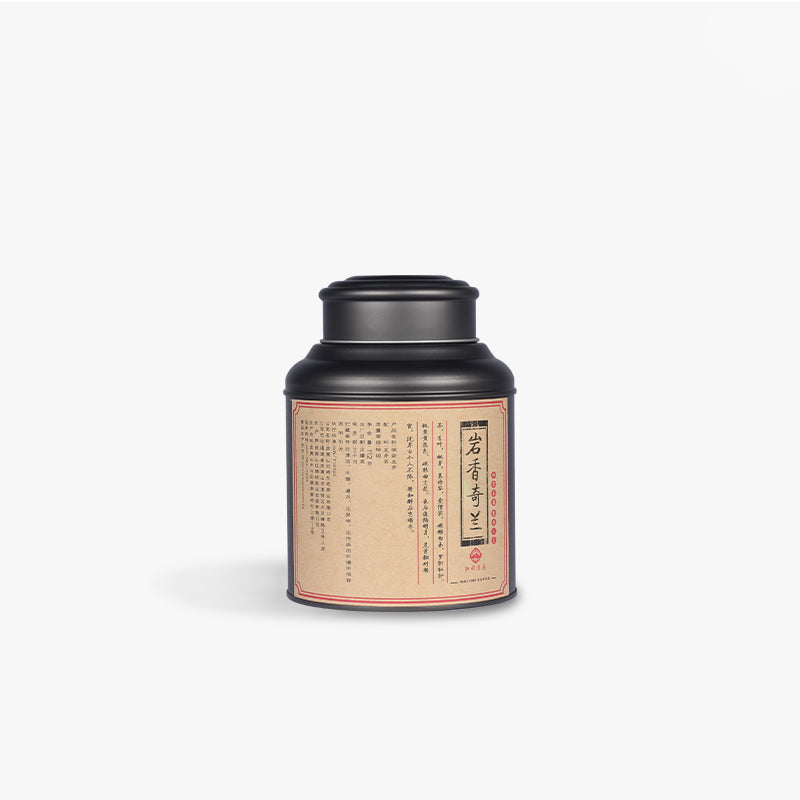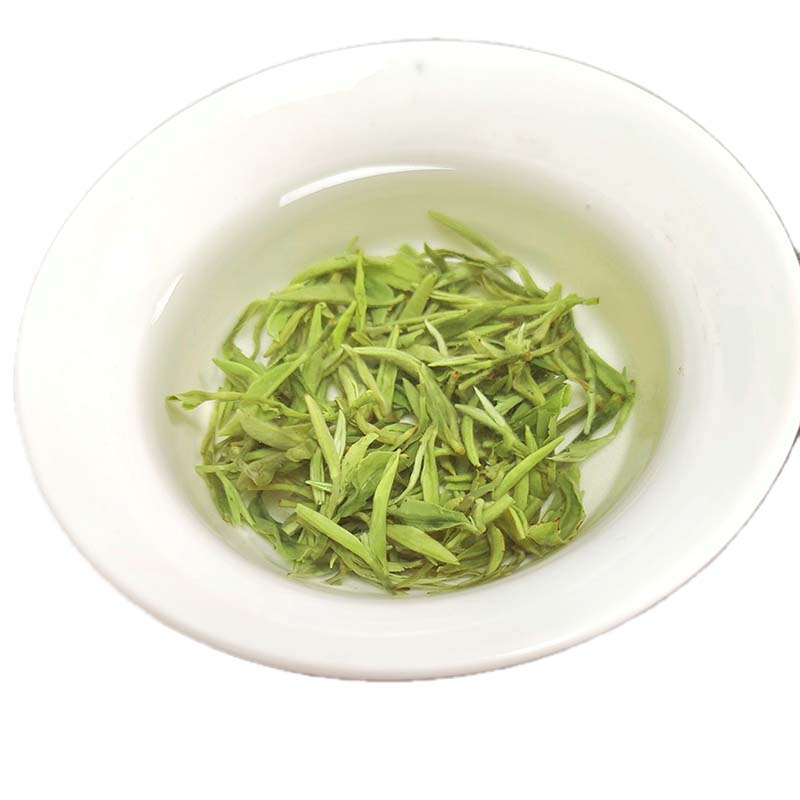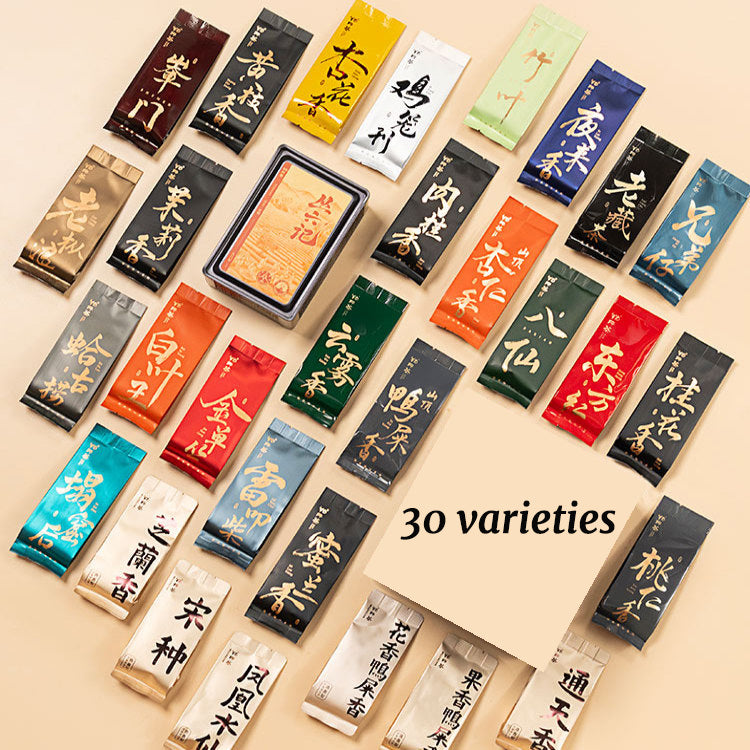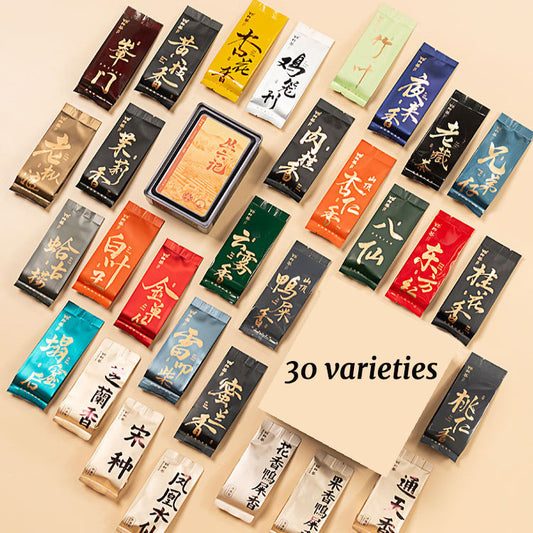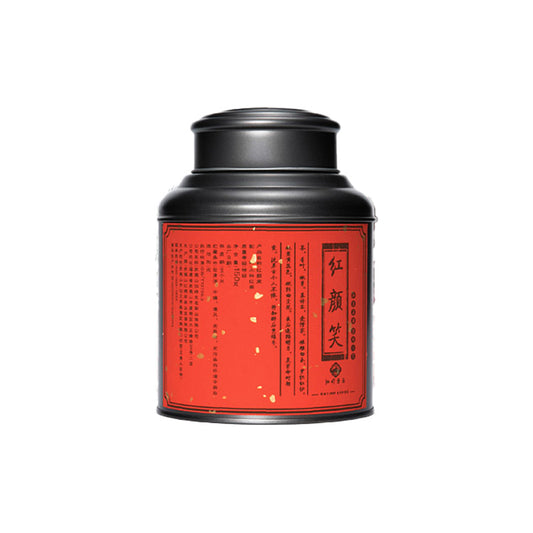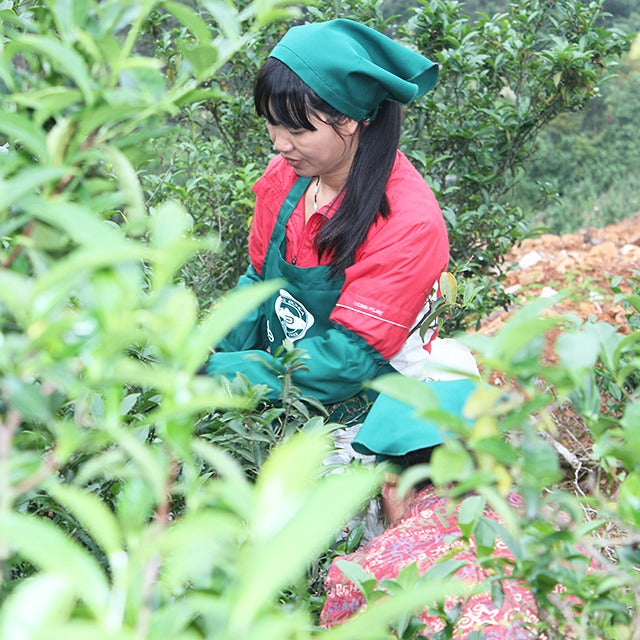Sencha Japanese The Quintessential Taste of Japan
Sencha Japanese The Quintessential Taste of Japan
When it comes to Japanese tea, sencha stands as an undeniable symbol of the country’s rich tea heritage. This vibrant green tea is more than just a favorite beverage in Japan; it’s a quintessential part of daily life and contains a world of tradition in each cup.
Sencha’s history begins in the early 18th century, when a tea merchant named Nagatani Soen developed a new steaming method to process tea. This innovation gave birth to the distinctive grassy aroma and bright green color that define sencha. Unlike the Chinese method of pan-frying, steaming helps to preserve the vibrant hue and the rich, sweet flavors of the fresh tea leaves. Today, about 80% of the tea cultivated in Japan is sencha, a testament to its enduring popularity.
Sencha’s appeal lies not only in its refreshing taste but also in its versatility. It offers a range of flavors depending on the growing season and the method of preparation. The early spring harvest, known as shincha, is particularly prized for its delicate sweetness and lively taste, often enjoyed as the first sip of the year’s fresh tea.
Brewing sencha is an art in itself, one that requires a gentle hand and a keen attention to detail. The water should be heated to about 160-170°F (70-80°C) to avoid bitterness and to preserve the tea’s delicate sweetness. The steeping time is equally crucial; usually, a minute is sufficient to extract the ideal balance of flavors. As you pour the bright green liquid into your cup, you release not just the aroma but a whisper of the Japanese countryside.
Drinking sencha can be a meditative experience. It invites you to slow down and appreciate the beauty in simplicity. The tea’s vibrant color and crisp taste are reminders that the simplest pleasures are often the most profound. In a way, drinking sencha is a quiet celebration of nature’s understated elegance.
For those who are exploring the world of tea, sencha provides a wonderful introduction to the diversity and richness of Japanese teas. It is distinct from matcha, which is whisked into a frothy brew, or genmaicha, which blends tea with puffed brown rice, offering a toasty note. And yet, each cup of sencha offers a story of its own, inviting those who drink it to explore deeper into the traditions and landscapes of Japan.
In the gentle swirl of steam that rises from a freshly poured cup of sencha, one can sense the echoes of a culture that finds beauty in the fleeting moments. Sencha is more than just a drink; it's an expression of a way of life that treasures the present, where each sip offers a moment of quiet joy and reflection. So, next time you hold a cup of sencha, pause and savor its taste, knowing that you are partaking in a tradition that spans centuries.

